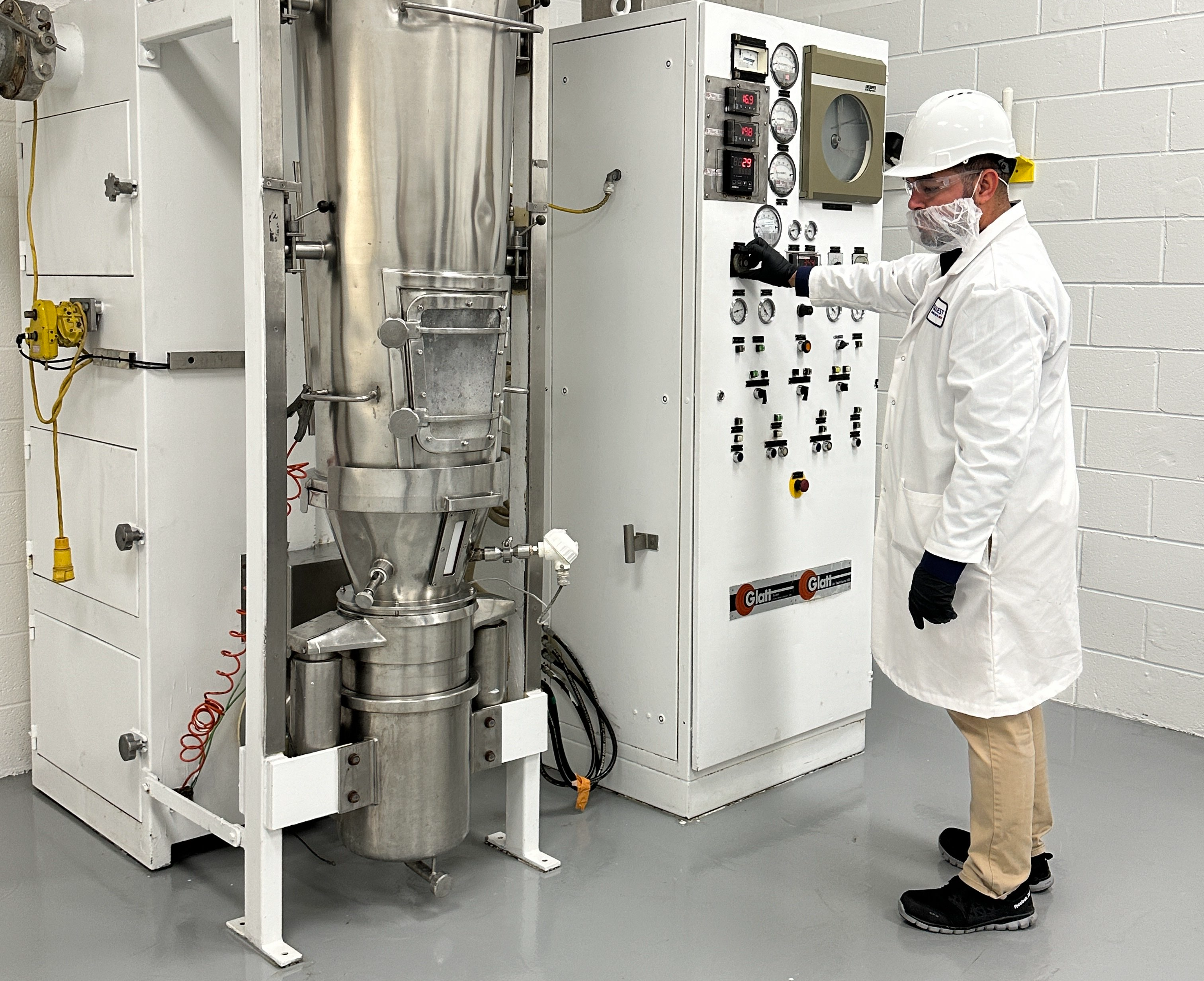While there were few hard answers, Welch did express that FDA’s goals are to provide more clarity and reduce the burden on industry. NDI notifications have been part of the Dietary Supplement Health and Education Act of 1994 (DSHEA), but a guidance was not drafted until 2011, which caught the ire of industry trade groups and companies for being overly burdensome on industry. The revised guidance was released in August of 2016 and while it did appear to take into account some industry criticism, there remained major points of contention. FDA estimates that while the dietary supplement industry has grown since DSHEA to approximately 75,000 products and $40 billion in U.S. sales (Welch emphasized these numbers were estimates, not official), only about 1,000 notifications (40 – 50 per year) were filed in the past 20 years. FDA believes this likely signifies under-reporting.
Under-reporting is not necessarily a function of industry underhandedness, but simply a lack of clarity and understanding when a notification must be filed. Welch explained there were four possible responses an NDI notification can receive:
- AKL: acknowledgement (good news)
- IAL: acknowledgement with objections, meaning the FDA has objections to conclusions reached in notification.
- ICL: notification doesn’t comply with requirement and therefore approached as if nonexistent.
- NDL: the ingredient is not a dietary ingredient or supplement and did not need a notification in the first place.
A master file for NDI notifications would be similar to that of a drug master file, eliminating the need for unnecessary duplicate filings of the same NDI and also include clarification on allowance for easy, follow-on notifications involving previously submitted evidence. This would likely be used for branded ingredients licensed to multiple firms. There is also the potential for umbrella notifications, or notifications of ingredients for a range of uses.
Scott Bass, partner and head, Global Life Sciences, Sidley Austin LLP, who joined Welch in her presentation, praised FDA for their improved transparency and posed some questions to Welch. He inquired whether FDA was open to grandfathering a number of presumptive pre-DSHEA ingredients that have a wide use and pose no risk to consumers. Welch didn’t entirely shoot down the idea but argued that pre-DSHEA was not necessarily a safety marker and that there were ingredients likely used pre-DSHEA that have been branded unsafe. While Bass conceded this may be the case for some ingredients, according to the way DSHEA was written, pre-DSHEAdoesin fact constitute a safety standard and there are a number of established, widely used ingredients that should not need an NDI notification. Clearly, a compromise has to be reached between industry and FDA on this topic, but having a list of grandfathered ingredient off the bat, while a comprehensive list is devised would certainly reduce the burden on both industry and regulators.
What was also of note was the fact that ingredients with GRAS (generally recognized as safe) status require no NDI notification and in fact, says Bass, GRAS has a higher burden than NDI notifications because they rely on published clinical studying while NDIs can rely entirely on proprietary data.
The latest NDI draft guidance has been on industry’s mind for the better part of a year now and while we may not know as much as we would like about the direction FDA will take with this next and likely final revision, Welch has been making the rounds to industry events and easing the minds of ingredient and finished product manufacturers, answering their questions and concerns as best she can. However, industry does need to continue to monitor the progress of the draft guidance and continue to lobby for its interests in order to avoid burdensome and costly rules.










